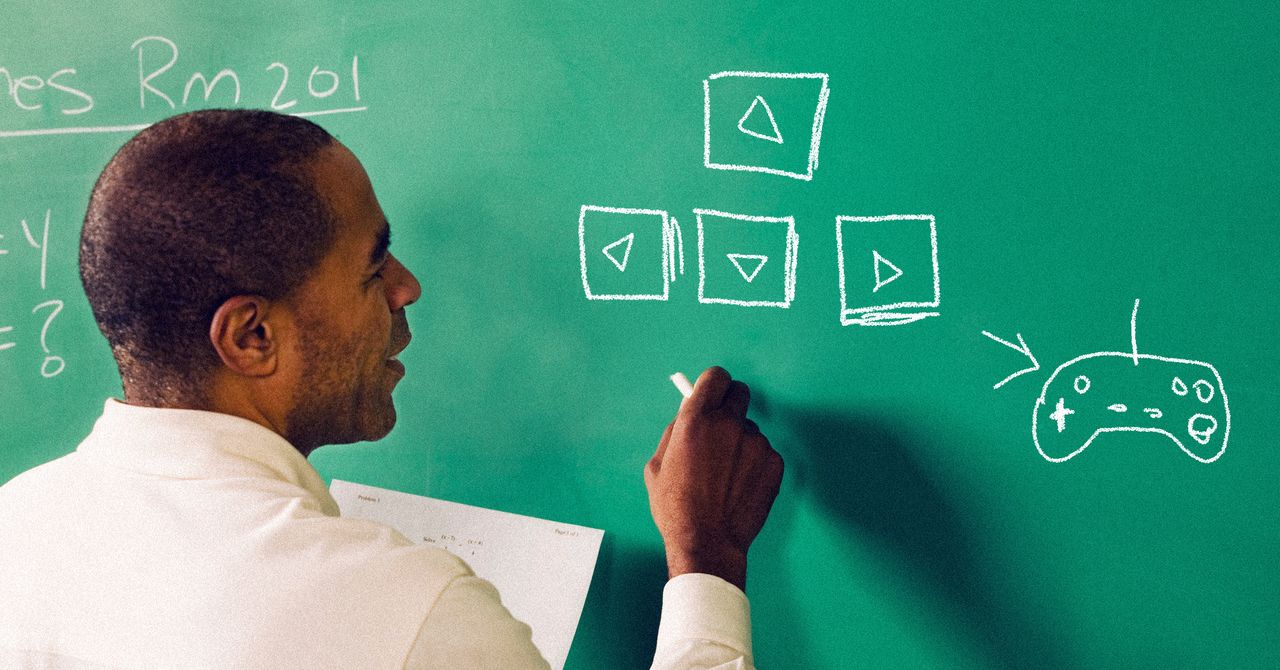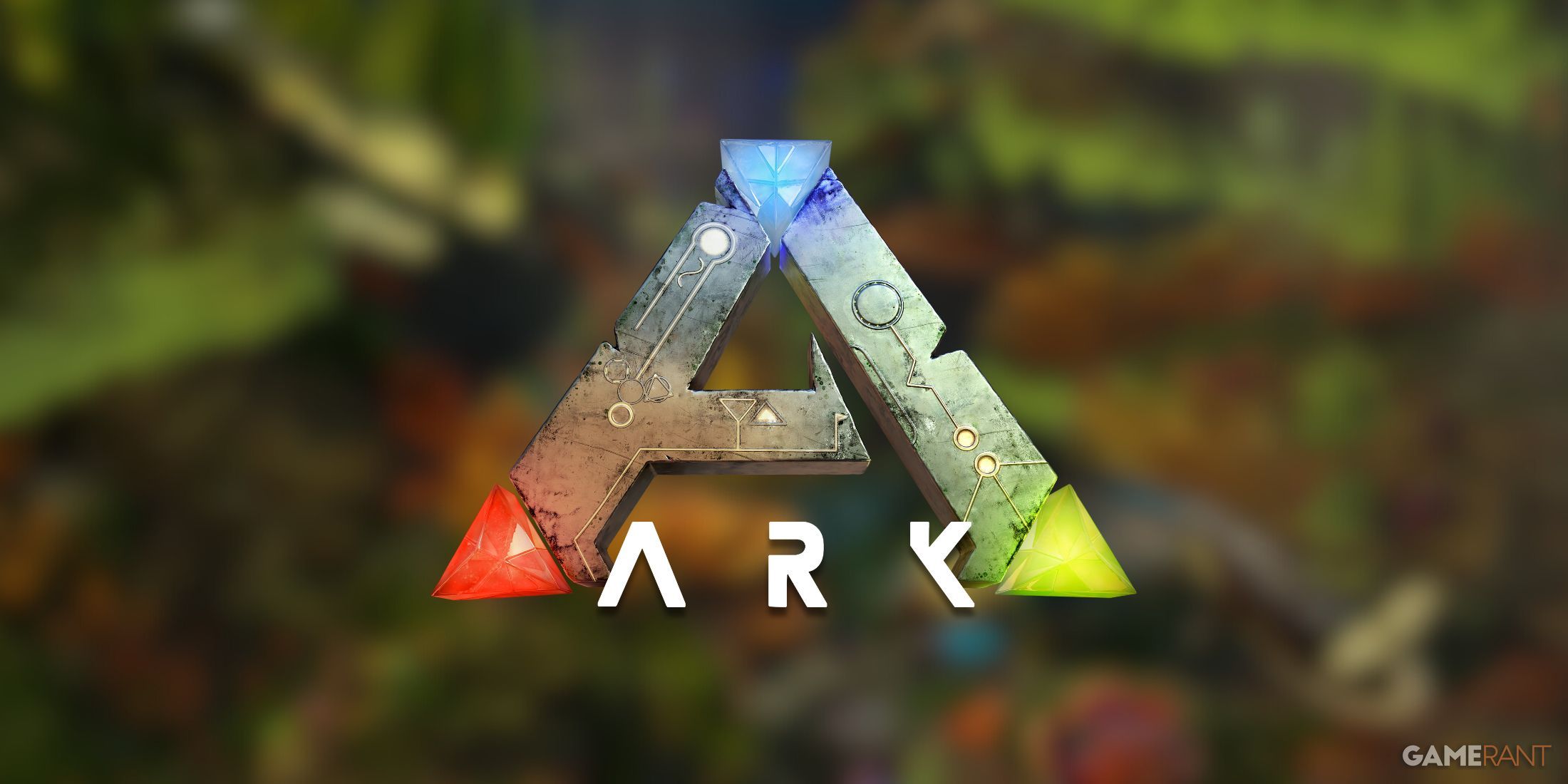
I teach a journalism class at NYU to high school students via Zoom.
When I first set up my course, I planned on offering short lectures and discussions on various editorial elements (the structure of an article, using credible resources, interviewing techniques), similar to the way I teach my in-person and remote classes for adults at NYU’s School of Professional Studies. But having a tween daughter, I know how tough it is to keep kids’ attention. I had to step up my game to keep Gen Z engaged and challenged. My research showed that interactivity, competition, and the rewards of gaming were the best way to help teens with problem solving. I added gamification to my arsenal of teaching tools, defined as “the application of typical elements of game playing (e.g., point scoring, competition with others, rules of play) to other areas of activity, typically as an online marketing technique to encourage engagement with a product or service.”
Sameer Hinduja, codirector of the Cyberbullying Research Center, explains why gamification works. “PowerPoints, lectures, and even traditional Zoom breakout rooms are dry methods of sharing information and stimulating participation. Teens are neurologically wired to be receptive to learning if we can provide it to them through interactive channels they are most familiar with, such as games. When behavior that uses critical thinking is rewarded, it increases students’ learning.”
Sign Up Today Sign up for our Games newsletter and never miss our latest gaming tips, reviews, and features.
Sign up for our Games newsletter and never miss our latest gaming tips, reviews, and features.“Research shows that gamification increases their motivation, and it has them be part of a team,” says Dr. Monica B. Glina, director of faculty development at NYU. “This is important for high school students who developmentally are interested in exploring their peer relationships.”
Catherine Pearlman, a Southern California–based therapist, says the mental-physical connection of gaming helps students learn. “Teens are used to using multiple devices at the same time. Gamification addresses their need to have their minds and hands active. So when you make a mistake in a game, you might lose a point, but you get to keep playing, so you learn from your mistakes and it’s OK to make them.”
Carley Doktorski, an upcoming NYU student in the College of Arts and Science planning to major in journalism, took my class recently.
“I was so nervous I didn’t sleep the night before class started. But it was such a great experience. Right away it was more interactive than five days of straight lecturing, and going through that process helps us to learn about the real industry of publishing.”













